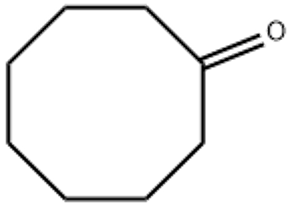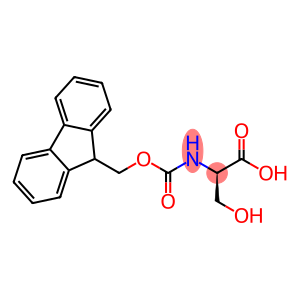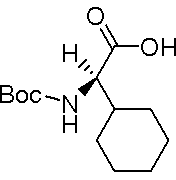Cyclooctanone(CAS# 502-49-8)
| Risk Codes | R34 – Causes burns R52/53 – Harmful to aquatic organisms, may cause long-term adverse effects in the aquatic environment. R36/37/38 – Irritating to eyes, respiratory system and skin. |
| Safety Description | S45 – In case of accident or if you feel unwell, seek medical advice immediately (show the label whenever possible.) S36/37/39 – Wear suitable protective clothing, gloves and eye/face protection. S26 – In case of contact with eyes, rinse immediately with plenty of water and seek medical advice. S61 – Avoid release to the environment. Refer to special instructions / safety data sheets. |
| UN IDs | 1759 |
| WGK Germany | 3 |
| RTECS | GX9800000 |
| TSCA | Yes |
| HS Code | 29142990 |
| Hazard Class | 8 |
Introduction
Cyclooctanone. The following is an introduction to the properties, uses, preparation methods and safety information of cyclooctanone:
Quality:
- Cyclooctanone has a strong aromatic odor.
- It is a flammable liquid that is capable of forming explosive mixtures in the air.
- Cyclooctanone is miscible with many common organic solvents.
Use:
- Cyclooctanone is often used as an industrial solvent in the manufacture of coatings, cleaners, glues, dyes, and paints.
- It is also used in chemical synthesis and laboratory research as a reaction solvent and extractant.
Method:
- The preparation method of cyclooctanone usually involves synthesis by oxidizing cycloheptane. The oxidant can be oxygen, hydrogen peroxide, or ammonium persulfate, among others.
Safety Information:
- Cyclooctanone is a flammable liquid and should be stored away from fire and high temperatures.
- Ensure good ventilation when using cyclooctanone to avoid inhalation or contact caused by its vapors.
- Exposure to cyclooctanone may cause irritant or corrosive reactions, and appropriate personal protective equipment such as gloves and goggles should be worn.
- When handling cyclooctanone, follow proper chemical protocols and dispose of waste properly.



![Pyrrolo[3,4-c]pyrrole-1,4-dione,2,5-dihydro-3,6-bis 4-methylphenyl- CAS 84632-66-6](https://www.xinchem.com/uploads/Pyrrolo34-cpyrrole-14-dione25-dihydro-36-bis4-methylphenyl-.jpg)




